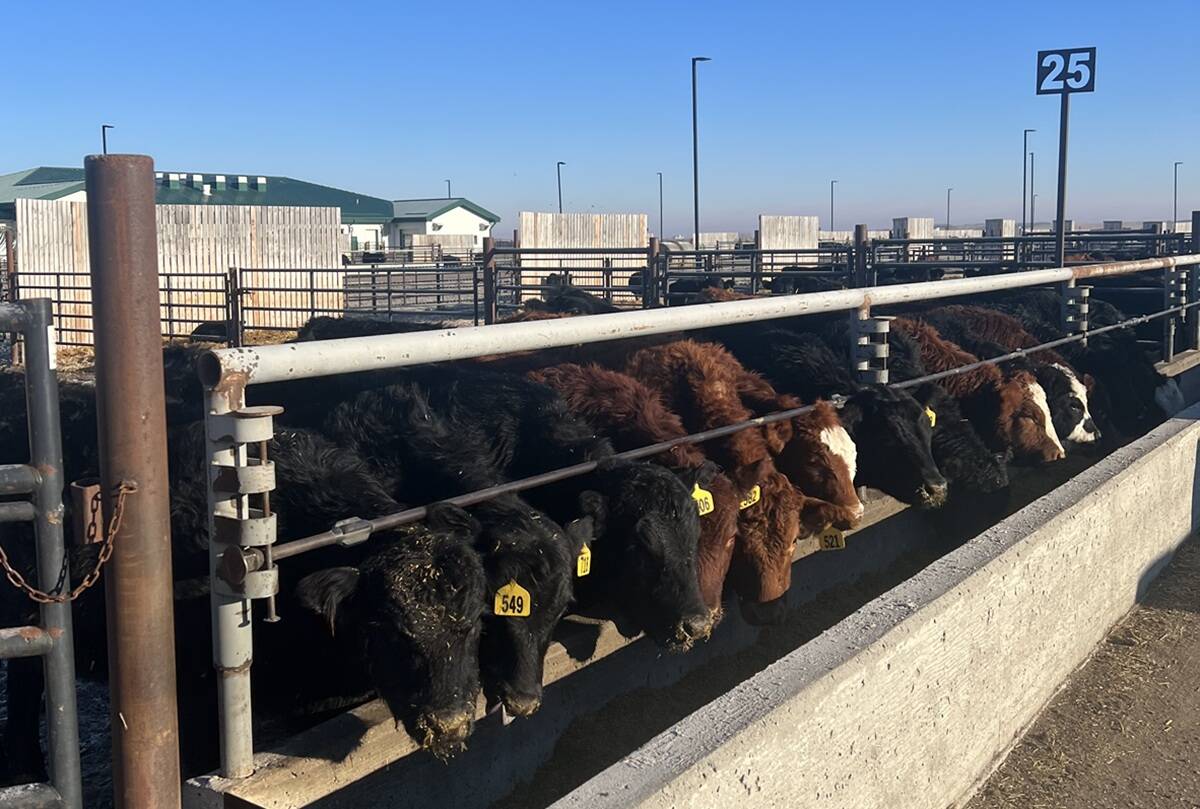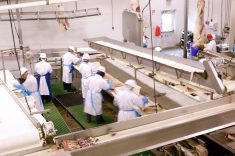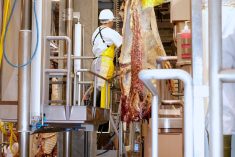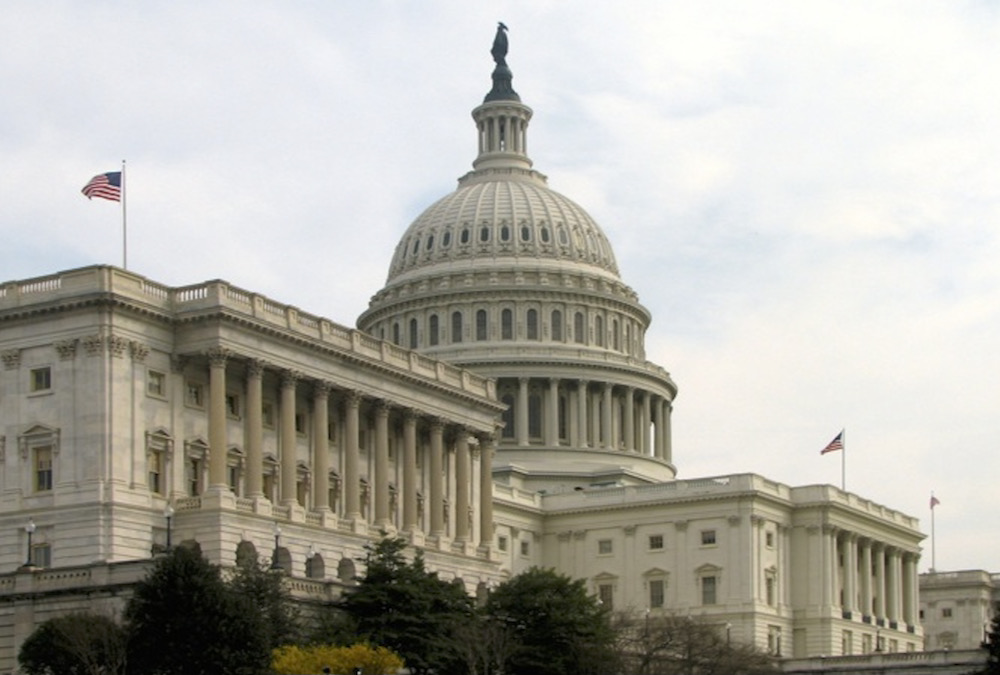By now, the U.S., Canada and Mexico will have been through the first round of talks for renegotiating NAFTA. It’s expected they will get acquainted, lay their lists on the table and do little substantive in the first session. In early September, the second set of talks will be held in Mexico.
Both Canada and the U.S. have outlined some issues they should be able to agree on: cutting red tape, harmonizing regulations, improving labour standards and including more environmental standards. From agriculture’s standpoint, U.S. agriculture — except for a few fringe groups — has paraded through Washington begging the administration to leave good things alone. That is, except for dairy farmers on both sides of the border, who have some complaints. I understand the Canadian dairy industry is a supply management system and Canada is “fully committed” to defending it. Most American dairymen can’t accurately explain our byzantine system.
Read Also

Managing newly received calves in the feedlot
What should cattle feeders focus on after calves arrive at the feedlot?
- More with Steve Dittmer: U.S. NAFTA objectives begin to focus the trade picture
But Canadian sources are reporting that Canadian officials, diplomats and businessmen have held 175 in-person meetings with American contacts. The Canadian government said it has researched everything that might come up and lots that won’t, in order to be ready.
Unless agriculture gets used as pawns in someone else’s game, we may be lucky and stay mostly out of the limelight. But there are issues which could cause trouble, issues regarding trade in general but not agriculture in particular. Take dispute settlement. Canada likes something similar to what’s in NAFTA now. The Trump administration would like to do away with that and substitute something else. The Trump administration has talked “Buy American,” especially regarding government procurement. Canada wants that moderated.
That brings us to something that folks on both sides of the border need to understand better. We have been trying to get President Trump and some administration people — who believe trade deficits or trade imbalances matter — to listen to most administration economists and others who say the trade deficit is irrelevant. Canadians need to understand it so they can back their administration in pushing back against Trump’s team on trade deficits.
There are key things to understand regarding a trade deficit. It is not a deficit in the sense that money has been lost or something is owed. It simply means that a country has imported more goods and services than it has exported. That country has a pile of imported goods — think of them as assets or inventory — and less cash on hand, because it spent the money to buy imports, either to use, sell or use as manufacturing inputs.
Some economists look at trade as some kind of international game, wherein the one who exports more than they import, wins. That’s not it. Many factors are important, like the type of economy a country has, its stage of development, how much manufacturing it does, how much it borrows or saves, how big the country’s economy is and what a trading partner offers. It also has to do with a country’s national nature. Americans are not big savers. They tend to borrow and spend. They have a developed, huge national economy, a sizeable wealthy class and major manufacturing capabilities. So they tend to import a half-trillion more dollars’ worth of goods and services than they export every year.
So we have a bigger stack of goods on hand and other countries have dollars we’ve sent them in return for goods. They tend to spend those dollars in dollar-denominated things like U.S. Treasury bills, U.S. goods or U.S. goods on the next turn that they can use as manufacturing inputs. Is there a loser here?
The U.S. has the world’s largest economy, so there are many countries we trade with that do not have enough money to buy enough from us to offset what we want from them. I like to use certain food commodities as examples. The U.S. can’t raise cacao beans, coffee beans and bananas. Yet we have a voracious appetite for chocolate, coffee and bananas. The Third World countries that raise cacao beans and the South American countries that supply coffee and bananas simply do not have the cash flow to buy enough to offset the tremendous pile of goods we buy from them.
Is it our government’s job to penalize its citizens by cutting off the supply of chocolate, coffee and bananas each spring, by setting up quotas to prevent a trade imbalance with that country? That’s ludicrous.
The French economist Frederic Bastiat ridiculed the whole concept of trade deficits, and through examples, shows that national customs houses only count exports and imports. They do not account for profits or losses on the goods traded, only the incoming and outgoing value. Taken to the ridiculous extreme, he points out that France’s trade deficit could disappear if their ships loaded with export goods sank in the ocean. There would be lots of exports on the national books but no imports, so voila, no trade deficit.
The U.S. trade deficit with Canada tends to be small, a tribute to the export mentality and the hard work of Canadians. But Trump could be concerned it will grow, so they need to be on their guard that provisions put in to deal with Mexico’s much larger deficit don’t burn Canada.
















